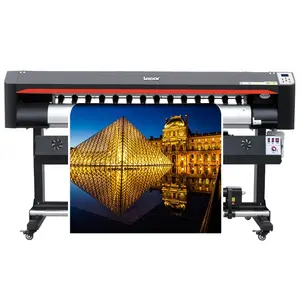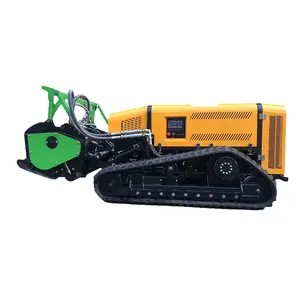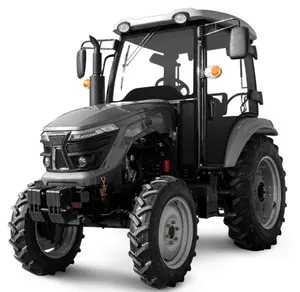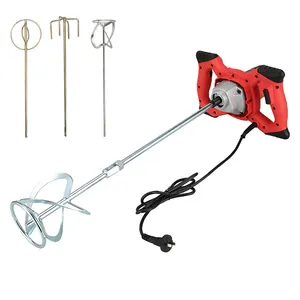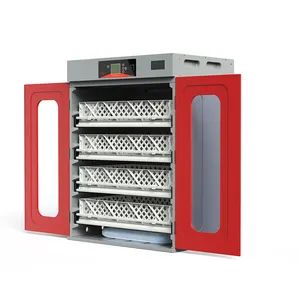Popular in your industry

































































Related Searches:




















































































































Top categories
About sand bag machines
A sand bagger machine is a device designed to fill sandbags quickly and efficiently. These machines are used across various industries and applications, from flood control and erosion prevention to military fortifications and construction projects. The primary purpose of a sand bagger machine is to streamline the process of filling sandbags, which are essential for creating barriers, stabilizing structures, and protecting against the forces of water, soil, or other materials. These machines are equipped with mechanisms that facilitate the rapid and consistent filling of sandbags, saving time and labor compared to manual methods.
Types of sand bag machines
There are several types of sand bag machines, each with its unique features and capabilities. The most common type is the sandbag filling machine, which is designed for filling sandbags quickly and efficiently. These machines are often used in emergency situations, such as floods or hurricanes, where the rapid deployment of sandbags is crucial for protecting property and infrastructure. Another type is the mobile sand bagger machine, which is mounted on a trailer or truck for easy transport to different locations. These machines are ideal for situations where sandbags need to be filled at various sites, providing flexibility and mobility in response to changing needs.
Some sand bag machines are designed for specific applications, such as the sandbag filling equipment used in military operations or the construction industry. These machines may have additional features, such as the ability to fill larger or heavier sandbags, or incorporate specialized materials for enhanced durability. Regardless of the type, all sand bag machines share the common goal of automating and optimizing the process of filling sandbags, making them an essential tool for a wide range of industries and scenarios.
The materials used to make sand bag machines
Sand bag machines are typically constructed from robust and durable materials to withstand the demanding environments in which they operate. Common materials used in the construction of sand bag machines include heavy-duty steel, aluminum, and high-strength plastics. These materials are chosen for their combination of strength, corrosion resistance, and light weight, making them well-suited for the rigors of filling sandbags in various conditions. The hopper, which holds the sand and directs it into the bags, is often made of steel or heavy-duty fabric to withstand the abrasion and weight of the sand. The frame and structural components of the machine are typically made of steel or aluminum to provide stability and support while also being able to withstand the forces and vibrations generated during the sandbag filling process. Additionally, components such as conveyor belts, augers, or pneumatic systems may be made of specialized materials to ensure smooth operation and minimize wear and tear over time. By employing these durable materials in their construction, sand bag machines are built to withstand the challenges of their intended applications, providing reliable and efficient performance in filling sandbags.
The application of sand bag machines
Sand bag machines find widespread application in numerous scenarios where the efficient and rapid filling of sandbags is essential. In disaster response and emergency management, these machines are invaluable for quickly deploying sandbags to prevent or mitigate the impacts of flooding, erosion, and other natural disasters. Construction and infrastructure projects also benefit from sand bag machines, as they streamline the process of creating temporary barriers, stabilizing slopes, or protecting structures during excavation or in areas prone to soil movement. The military employs sand bag machines for fortifications, creating protective walls, and establishing defensive positions in combat zones or training exercises. Landscaping and erosion control projects utilize these machines to build retaining walls, reinforce embankments, and manage soil erosion along waterways or on slopes.

